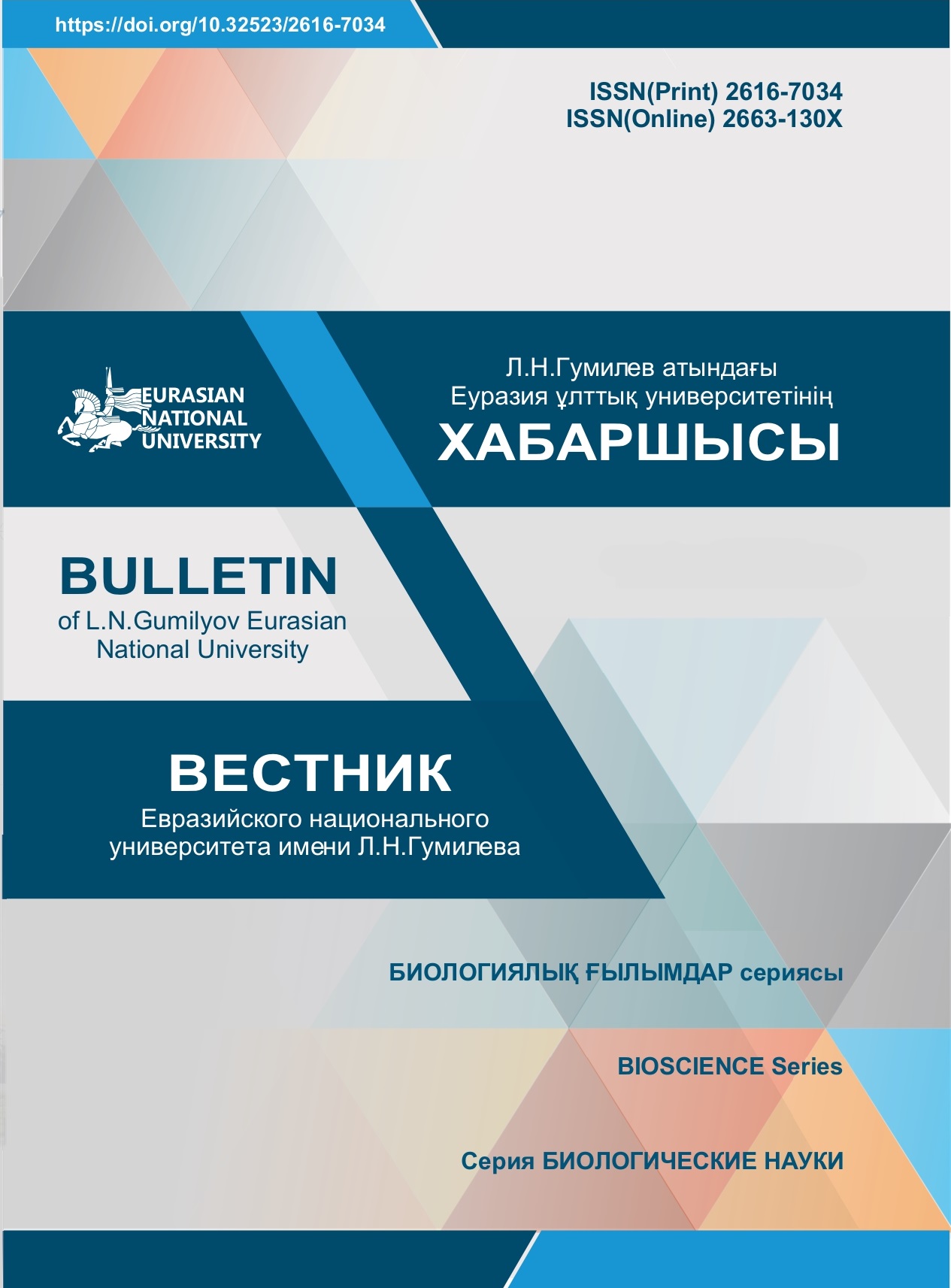Selection of optimal cultivation conditions to increase the antimicrobial activity of the basidial fungus Lenzites betulina
Views: 284 / PDF downloads: 272
Keywords:
Lenzites betulina, antimicrobial activity, mushroom, xylotrophe, fugate, test cultureAbstract
In recent decades, more and more attention has been paid to the study of various compounds isolated from higher basidial fungi. The analysis of the taxonomic species composition of fungi of the genus basidiomycetes causing white rot on birch is carried out. During the study of cultural - morphological and molecular - genetic properties, it was found that the culture of fungi belongs to the species Lenzites betulina.
To increase the ability of the isolated fungus to synthesize antimicrobial compounds, the composition of the nutrient medium (the ratio of carbon and peptone) was modified, the optimal temperature (28 ° C) and pH medium (7.5-8.0) were selected. Antagonistic properties between the test cultures of S.marcescens, E. coli, S.aureus, C. albicans and the culture of Lenzites betulina fungi were also studied. The study showed that the greatest antibiotic effect of Lenzites betulina fungi was exerted on the culture of С.albicans yeast and E.coli bacteria. Thus, it was found that fungi of the Lenzites betulina species exhibit high bactericidal and fungicidal activity to opportunistic yeast and bacterial cultures.








